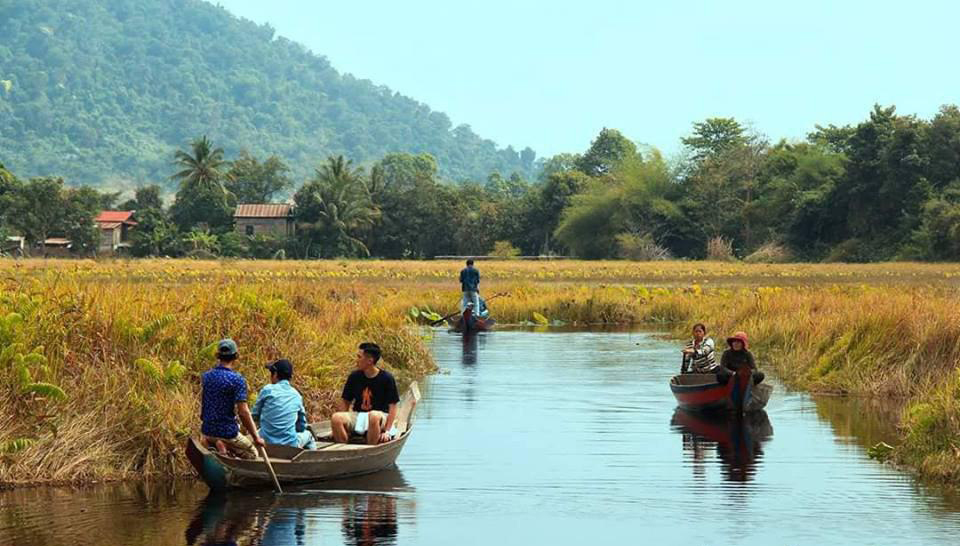
INTRODUCTION
The GEF Additional Financing (AF) would not affect any change in the parent project’s development objectives and design. It would not trigger a new safeguard policy or change the environmental category of the parent project. The AF is not expected to expand to new areas not covered by the original project or requires new safeguard instruments. The GEF financed activities which largely focused on technical assistance. As a result, there would be no major additional risks beyond what have been identified as part of the parent IDA project (P165344). Therefore, the environmental and social safeguards instruments of the parent project (P165344) is valid for the AF.
The AF will also help to mitigate environmental risks by further strengthening forest governance in the Protected Areas. With the participation of the Recipient in the Global Wildlife Program, additional financial resources will enable MoE to increase the efficiency of the monitoring system of biodiversity and better interlink wildlife and biodiversity with ecotourism attractions.
The project will also have access to better technological solutions for forest, biodiversity and wildlife monitoring and will be able to better interact with conservation Non-Government Organizations (NGOs) active in the Cardamom Mountains by engaging them in key natural resource management activities of the Project.
This Environmental and Social Management Framework (ESMF) is for the proposed Sustainable Landscape and Ecotourism Project (SLEPC) in Cambodia, and prepared by Ministry of Environment (MoE), and Ministry of Rural Development (MRD) for possible financing by the World Bank (WB).
The purpose of the Environmental and Social Management Framework (ESMF) is to ensure that CSLEP’s activities are screened for any negative social and environmental impacts and mitigating measures are taken into account in activity design and implementation. In other words, the ESMF is designed to ensure the CSLEP’s investments do not create or result in significant adverse impacts on local livelihoods and the environment, and that potential impacts are identified, avoided or at least minimized. In particular, the ESMF attempts to lay out screening processes and environmental and social guidelines aiming at:
- (a) Preventing and/or mitigating any environmental and social impact that may be resulting from the proposed activities,
- (b) Ensuring the long term environmental sustainability of benefits from proposed activities by securing the natural resource base on which they depend, and
- (c) Facilitating, in a pro-active manner, activities that can be expected to lead to increased efficiency in the use and improved management of natural resources resulting in the stabilization and/or improvements in local environmental quality and human well-being as well.

